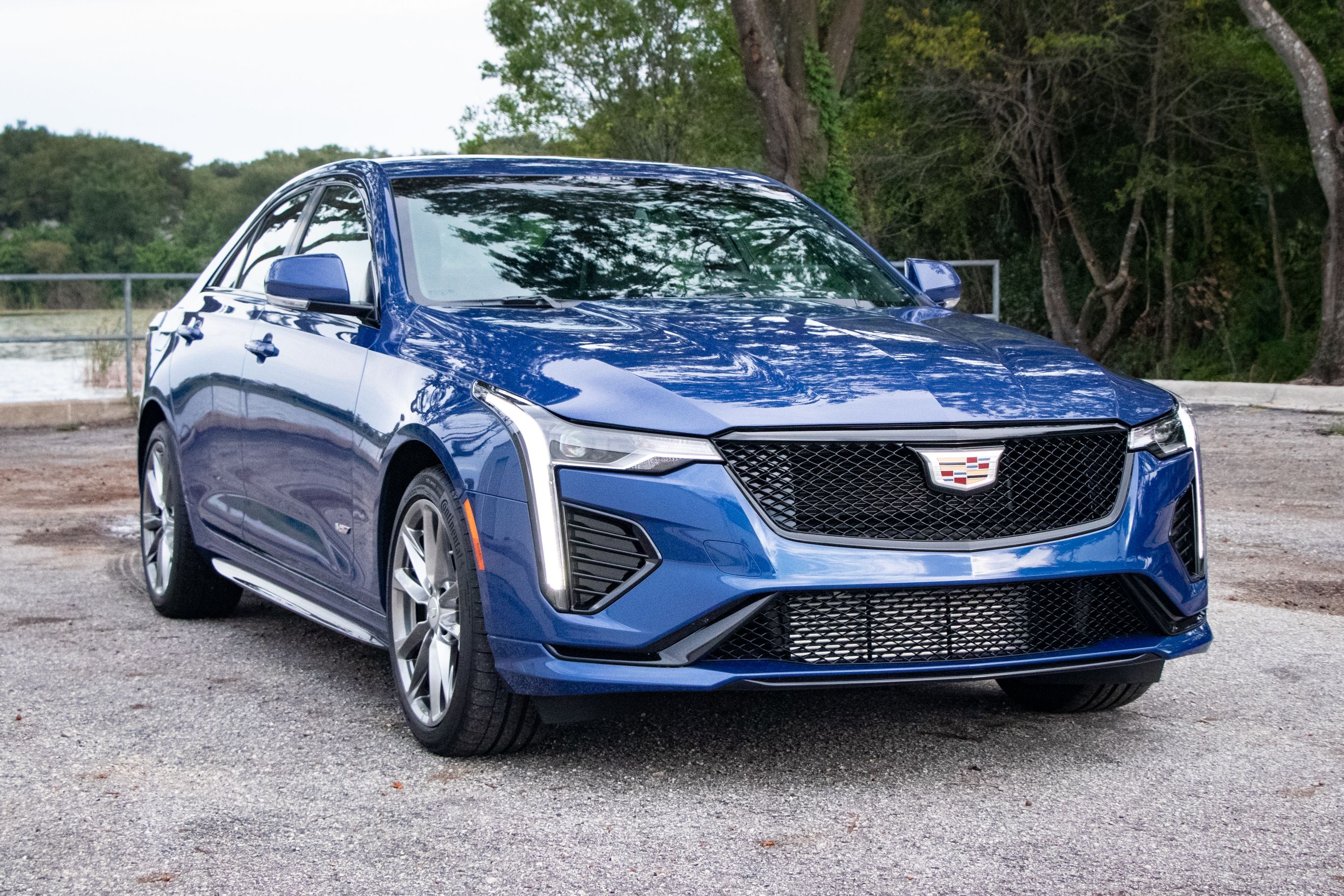
Cadillac's forthcoming V-Series "Blackwing" cars, the CT4-V Blackwing and CT5-V Blackwing, mean business. What else can you say about a pair of sedans projected to have between 460 and 670 horsepower, an available manual transmission, and as we just learned recently, available carbon fiber seats?
And here's something else we just learned about the two luxury sports sedans' excellent performance equipment: both cars will offer optional magnesium wheels, becoming the first GM models to do so since the C5 Chevrolet Corvette. Magnesium is a top wheel material choice among racing teams and the manufacturers of high-priced, high-performance exotics thanks to its low weight and superb strength.
As a matter of fact, magnesium has the highest strength-to-weight ratio of all commonly available metals; a set of magnesium wheels typically weighs 20 to 25 percent less than an equivalent aluminum set. It's also got some unique superpowers that include the ability to absorb vibrations and convert them into heat, and the ability to dissipate heat rapidly, which is a big boon to the longevity of brake and suspension components.
Lightweight wheels are highly advantageous on a performance car, not only for the obvious reduction in the car's overall mass, but more importantly, because they help reduce unsprung mass - the total mass of the components not supported by the car's suspension - and rotating mass. That translates to quicker suspension reactions, more responsive steering, and even improved acceleration and braking.
It's those hallmarks that make magnesium the wheel material of choice for Formula 1, MotoGP, and World Endurance Championship racing. The Cadillac DPi-V.R race car, which has proven itself a fierce contender in the IMSA WeatherTech SportsCar Championship, also uses magnesium wheels.
The new Cadillac CT4-V Blackwing and Cadillac CT5-V Blackwing are expected to launch in the summer of 2021 as a 2022 model, with limited availability. Given how keen GM is to thrust Cadillac to the fore of its electrification efforts, they could represent the last truly powerful, high-performance gas-powered production cars Cadillac ever makes.
